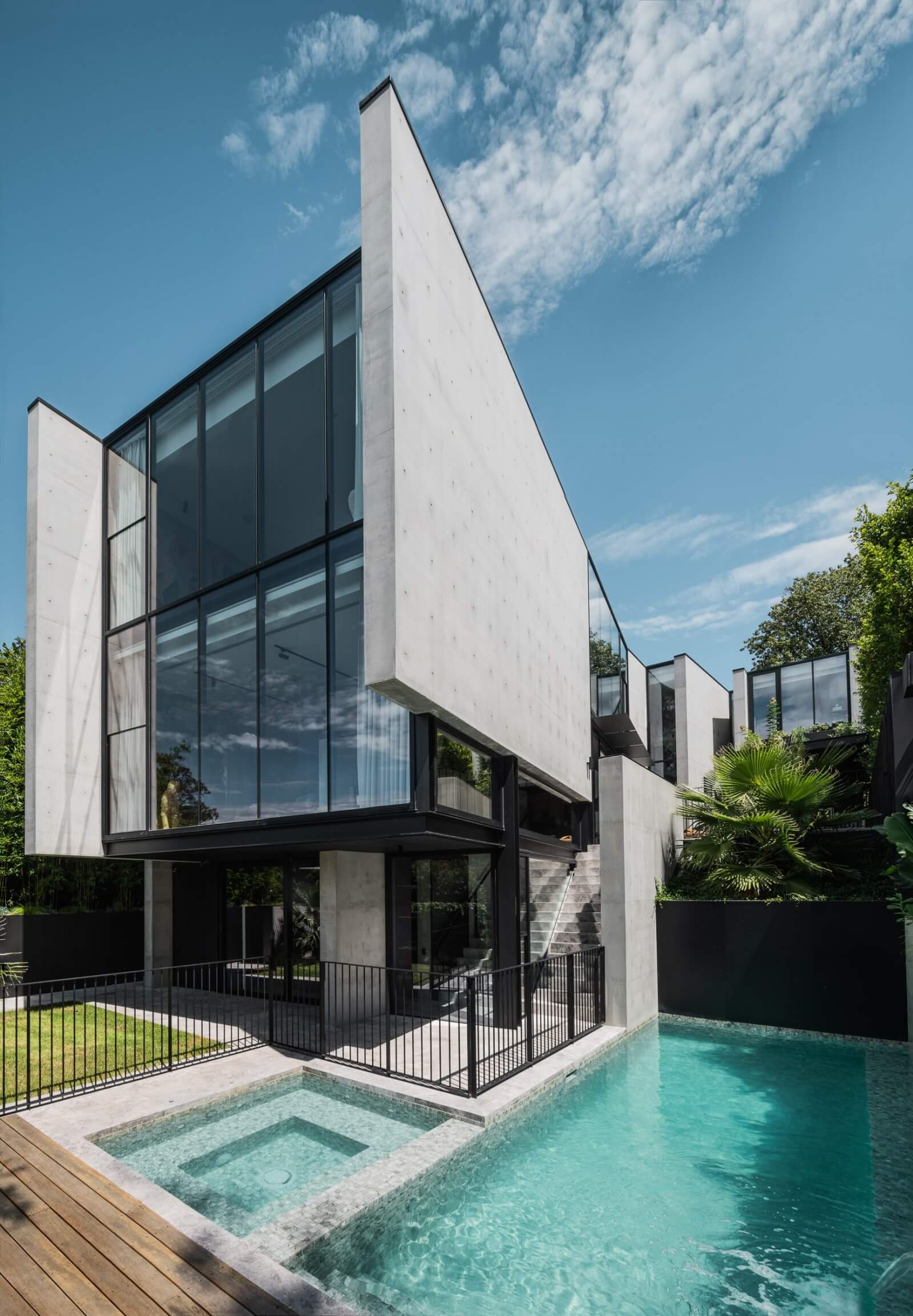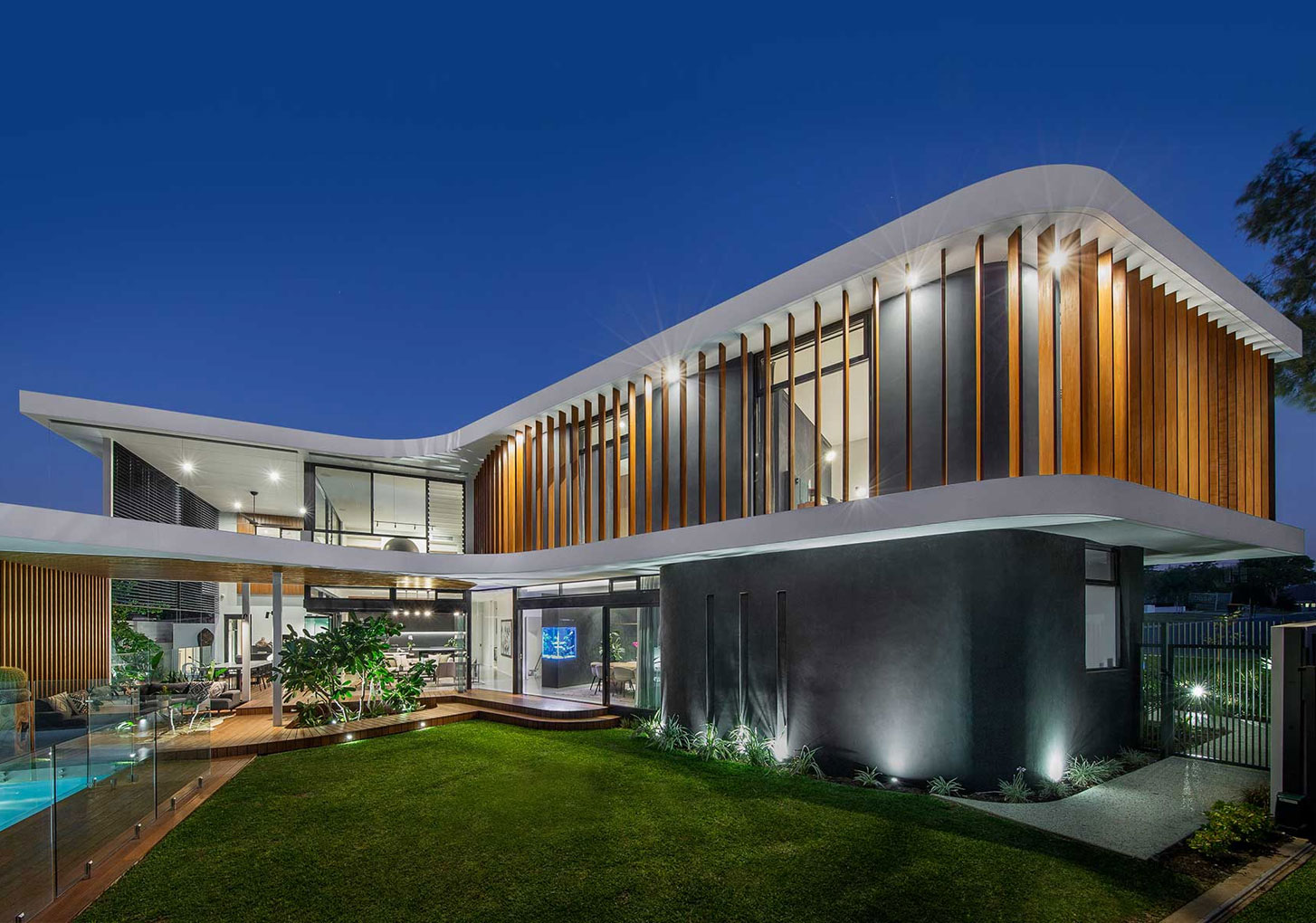Residential Architecture Homes Designed for Comfort, Aesthetics, and Functionality
Residential Architecture Homes Designed for Comfort, Aesthetics, and Functionality
Blog Article
Leading Trends in Residential Design You Must Understand About
As residential style continues to evolve, numerous compelling trends are forming the means we design and occupy our living areas. Key growths such as lasting structure methods, the assimilation of clever home modern technology, and the surge of modular homes emphasize a substantial change towards both functionality and environmental duty.
Sustainable Structure Practices
An increasing variety of residential jobs are welcoming lasting building practices, driven by a growing understanding of ecological effect and power efficiency. This change is identified by the integration of green products, energy-efficient layouts, and ingenious building approaches. Property owners and builders are progressively prioritizing using renewable energies, such as bamboo and recycled steels, which not only lower the carbon impact however likewise enhance the toughness and visual allure of residential properties.
Incorporating energy-efficient systems is an additional essential aspect of sustainable building - residential house architect. Features such as high-performance insulation, energy-efficient home windows, and photovoltaic panels are coming to be standard in brand-new property designs. These components not just add to reduced energy intake but also provide substantial lasting financial savings for property owners
Moreover, the design of sustainable homes often stresses all-natural light and ventilation, reducing the reliance on synthetic lights and climate control systems. Landscape design techniques, such as xeriscaping, additional advertise sustainability by minimizing water use.
As the demand for sustainable living services proceeds to increase, the property design industry is positioned to introduce and adapt, making sure that future homes are not just eco responsible however useful and additionally comfy for their residents. - residential house architect
Smart Home Innovation
Smart home modern technology is revolutionizing the way property owners interact with their living areas, enhancing energy, safety and security, and comfort monitoring. This innovative strategy incorporates different tools and systems, enabling individuals to manage their homes from another location or via automated procedures. Central to this fad is using wise devices such as thermostats, lighting, safety and security electronic cameras, and devices, all linked using the Internet of Things (IoT)
One of the most appealing functions of clever home modern technology is the ability to tailor settings for optimal energy effectiveness. Homeowners can keep track of power usage and change lights, home heating, and cooling based upon their regimens, significantly minimizing energy expenses. Sophisticated security systems equipped with clever locks and monitoring video cameras give tranquility of mind, allowing remote tracking and notifies to potential safety breaches.
Integration with voice-activated aides boosts user experience, permitting property owners to manage tools with straightforward voice commands. As technology remains to evolve, the capacity for clever home systems to improve lifestyle expands, making them a vital consideration in modern domestic style. Inevitably, clever home technology is not merely a trend but an essential change toward a lot more intelligent living settings.
Open Principle Living
Open up concept living has emerged as a defining attribute in contemporary property style, defined by the elimination of typical obstacles in between spaces. This layout viewpoint promotes fluidness and connection within the home, permitting a seamless change in between locations such as the kitchen, eating, and living spaces. By removing dividers and wall surfaces, open principle formats create a feeling of spaciousness, promoting a welcoming ambience that enhances social communication.

In addition, this method to domestic design straightens with minimalism, concentrating on practical simpleness and aesthetic comprehensibility. Property owners appreciate the versatility of these layouts, which can be easily adapted to show individual design with furnishings setup and design. As open concept living proceeds to acquire grip, it stays a testimony to advancing family members characteristics and the need for homes that boost link and comfort.
Biophilic Design
Biophilic layout has actually become progressively considerable in household design, stressing the intrinsic connection between humans and nature. This layout ideology seeks to incorporate natural environments into living areas, therefore promoting a sense of health and enhancing the lifestyle for owners. By including features such as natural light, vegetation, and natural materials, biophilic design promotes an unified connection between indoor settings and the environment.
Crucial element of biophilic style include large home windows that provide unhampered sights of outside landscapes, living wall surfaces that introduce greenery into interiors, and open layout that urge air movement and natural light penetration. Water attributes, both within and outside the home, offer to produce comforting ambiences and improve sensory experiences.
Moreover, making use of lasting products not only supports ecological stewardship but also adds to healthier interior air high quality. As understanding of ecological issues increases, property owners are significantly prioritizing layouts that reflect their link to nature. Essentially, biophilic style not just boosts visual appeal yet also addresses emotional and psychological needs, making it a crucial pattern in modern property architecture.
Modular and Prefab Residences

Moreover, modular and prefab homes are developed with sustainability in mind. Lots of makers use energy-efficient systems and eco-friendly products, such as solar panels and progressed insulation methods, contributing to decreased power intake and reduced energy expenses for property owners. The adaptability of style choices permits for modification, catering to diverse visual choices and useful needs.
As the need for affordable real estate remains to increase, prefab and modular homes offer a sensible option, dealing with both economic and environmental challenges. Areas are significantly acknowledging the potential of these structures, incorporating them into urban and country settings. In general, the trend towards modular and prefab homes indicates a change toward more lasting, reliable, and versatile living settings, making them a pivotal aspect of modern residential style.
Verdict
To conclude, the developing landscape of household architecture showcases considerable trends that prioritize modern technology, wellness, and sustainability. Sustainable structure techniques and wise home innovations improve published here performance and benefit, while open concept living and biophilic style foster social interaction and a connection to nature. The increase of prefab and modular homes provides personalized and budget friendly remedies, showing a more comprehensive change in the direction of useful and liable living. These patterns jointly underscore a dedication to creating harmonious and innovative household environments.
Trick developments such as sustainable structure techniques, the combination of wise home technology, and the rise of modular homes highlight a significant change towards both capability and ecological obligation.The increase of prefab and modular homes has actually changed the household design landscape, supplying innovative options for effective and lasting living.Additionally, prefab and modular homes are designed with sustainability in mind. On the whole, the pattern towards modular and prefab homes symbolizes a shift toward a lot more lasting, effective, and versatile living settings, making them a critical element of modern household architecture.
Lasting building techniques and wise home technologies boost efficiency and convenience, while open concept living and biophilic style foster social interaction and a link to nature.
Report this page